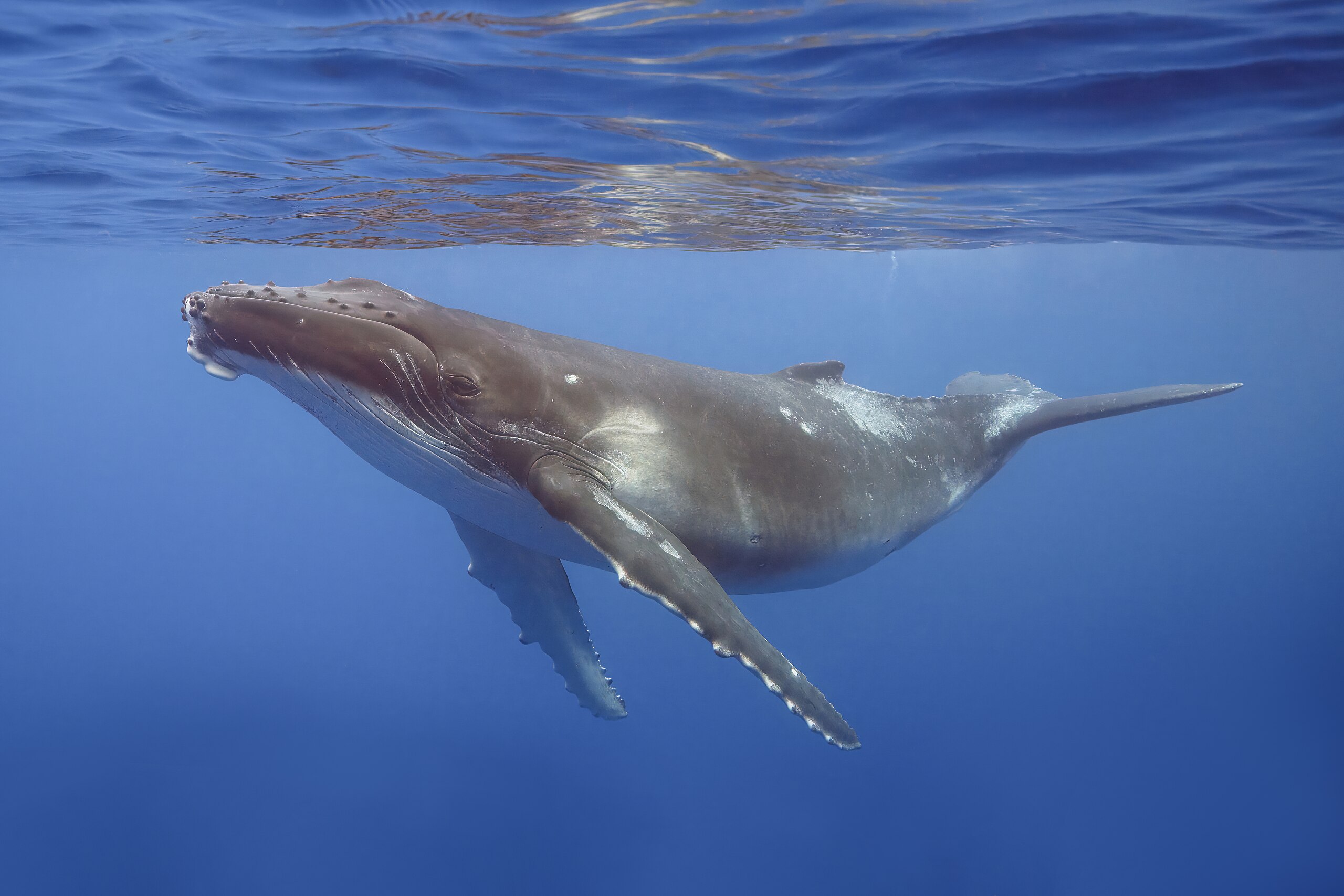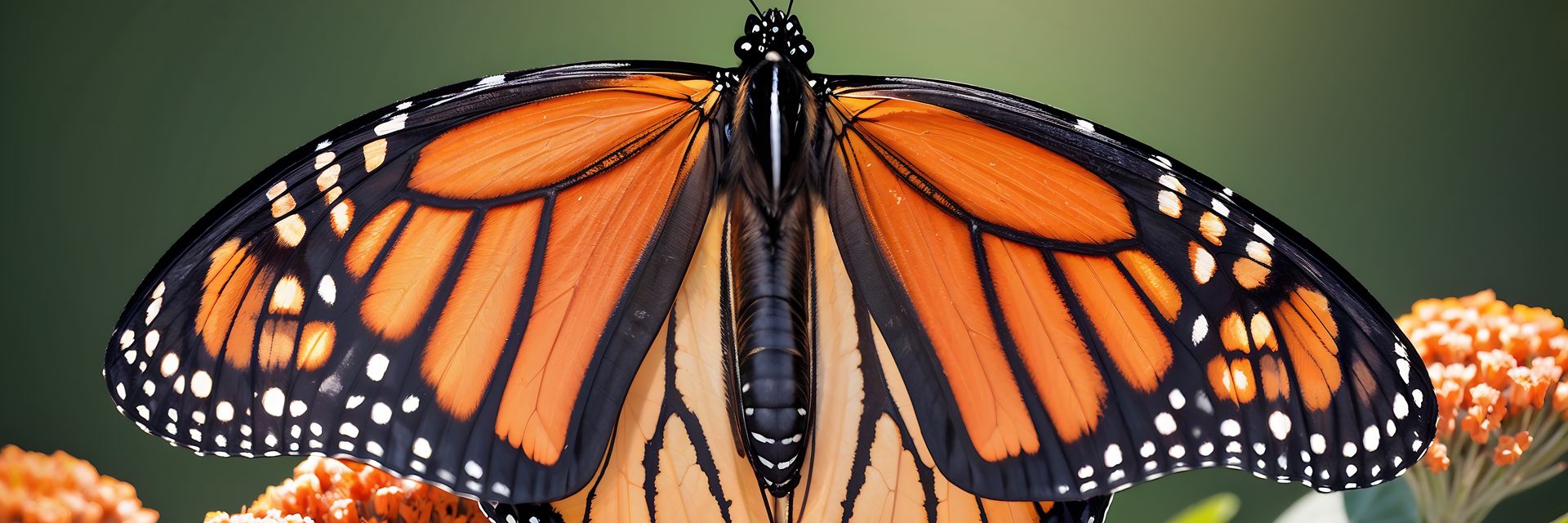Animal migration is a remarkable natural phenomenon where various species travel long distances for survival, reproduction, or better conditions.
◊
Every year, millions of animals set off on epic journeys across oceans, continents, and skies in a phenomenon known as migration. From the tiniest insects to the largest mammals, these travelers are guided by instinct, environmental cues, and survival needs. Migration is one of the most fascinating behaviors in the animal kingdom, and it plays a crucial role in the life cycles of many species.
So, what exactly is migration? In simple terms, it’s the large-scale movement of animals from one place to another, usually driven by the need to find food, escape harsh climates, or reproduce. While some animals migrate only short distances, others undertake jaw-dropping treks that span thousands of miles.
Learn more about the fascinating migration patterns of birds in this compelling MagellanTV documentary.
One of the most iconic examples is the monarch butterfly. These delicate creatures travel up to 3,000 miles from Canada and the northern United States to central Mexico each fall. What makes this journey even more astonishing is that the butterflies that arrive in Mexico are not the same individuals that started the trip – they are the great-grandchildren of those that began the migration. Their route is encoded in their DNA, allowing each new generation to find its way.
Birds are perhaps the most well-known migrants. Species like the Arctic tern fly from the Arctic to the Antarctic and back again each year – a round trip of over 40,000 miles. They follow the Sun and the seasons, using the Earth’s magnetic field, the position of the stars, and even smells to navigate. Incredibly, some young birds make their first migration alone, without guidance from adults.
On land, caribou in North America migrate in massive herds, traveling hundreds of miles between summer and winter feeding grounds. Their movement is timed with the changing availability of food and the birth of their calves. Similarly, elephants in parts of Africa follow ancient paths in search of water, especially during dry seasons.
 A humpback calf navigates clear waters. (Credit: Charles J. Sharp, via Wikimedia Commons)
A humpback calf navigates clear waters. (Credit: Charles J. Sharp, via Wikimedia Commons)
Even the oceans are full of travelers. Humpback whales migrate from cold polar feeding grounds to warm tropical breeding areas. Their journeys can stretch over 5,000 miles. Sea turtles, like the loggerhead, travel thousands of miles across the ocean to return to the exact beach where they were born to lay their eggs.
But migration isn’t without its challenges. Climate change, habitat loss, and human-made obstacles such as roads and buildings are disrupting traditional migration routes. Fortunately, efforts are underway worldwide to protect these paths – through wildlife corridors, protected marine areas, and international cooperation.
Migration is not just a spectacle of nature; it’s a testament to resilience, adaptation, and the interconnectedness of ecosystems. These incredible journeys remind us that the world is shared, and what happens in one part of it can affect creatures far away.
The next time you see a flock of birds heading south, or hear about whales traveling the seas, take a moment to appreciate the remarkable journeys they’re on—and the mysteries of nature that still guide them.
Ω
Title Image: Monarch butterfly (Source: Pixabay)


